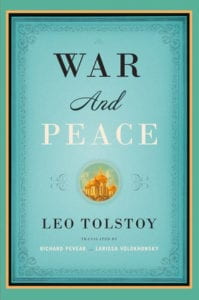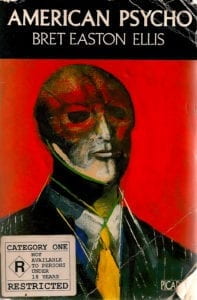Introduction
For my final project, I would like to explore music generation using machine learning. Modern day music is heavily influenced by the tools available to artists. Even though these computer generated effects are not seen by the user, they play an important role in music creation. Machine learning is relatively new and has only been applied to audio recently. Originally, my idea was to use radio signal data from NASA to generate music of the universe. However, this data is not readily available and the idea has already been done before. As a life long violinist, I want to explore machine learning with violin music. I hope to train a machine learning model that can take simple random notes and transcribe them to a more complex and pleasant melody.
Inspiration
After doing some research, I found that there were not many applications of machine learning with the violin. I think it is this way because the violin is a very complex instrument that has not been integrated with technology. Electric instruments such as the piano and guitar have become popular while the electric violin has not caught on as much. Many people find the violin to be a difficult to play instrument and there are fewer and fewer players every year. I want to create a version of the violin that can be played by people with varying musical backgrounds, from beginner to advanced. Below is an example of Google’s implementation of a musical neural network that can generate music from just a few buttons.
Project Plan
I plan to use Magenta.js because it has a web framework available and examples that relate to my project. I will need to find a way to transcribe real time input from violin into a frequency along with amplitude. This will be fed into Magenta which will find a suitable note to output I would then need to find a way to output the notes using a sound library. I intend to train a model using violin midi files from a wide variety of composers throughout history. If all goes to plan, a player with no experience should be able to create some basic melodies that sound somewhat decent with minimal violin experience.
Possible Resources
MIDI for the browser – https://github.com/mudcube/MIDI.js
Tuner App for Chrome – https://github.com/googlearchive/guitar-tuner
Magenta.JS – https://magenta.tensorflow.org/get-started/


